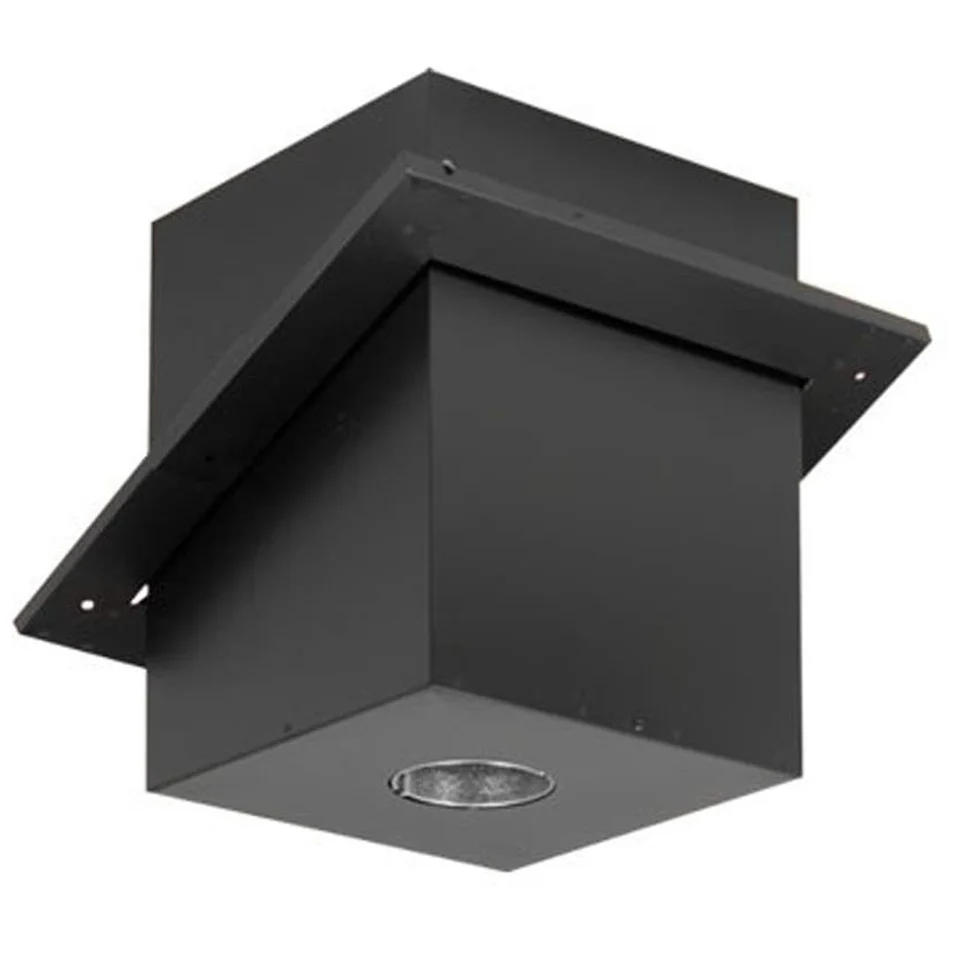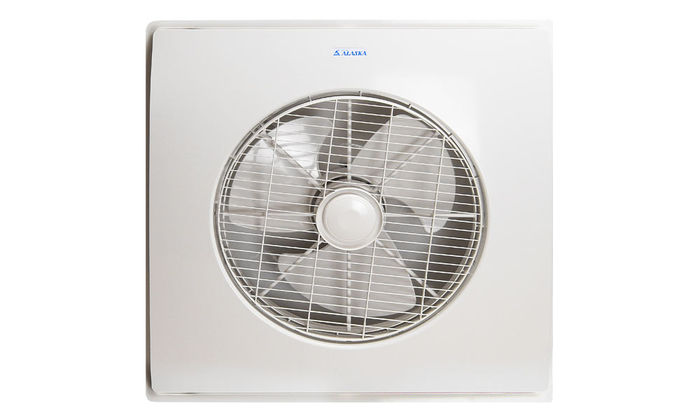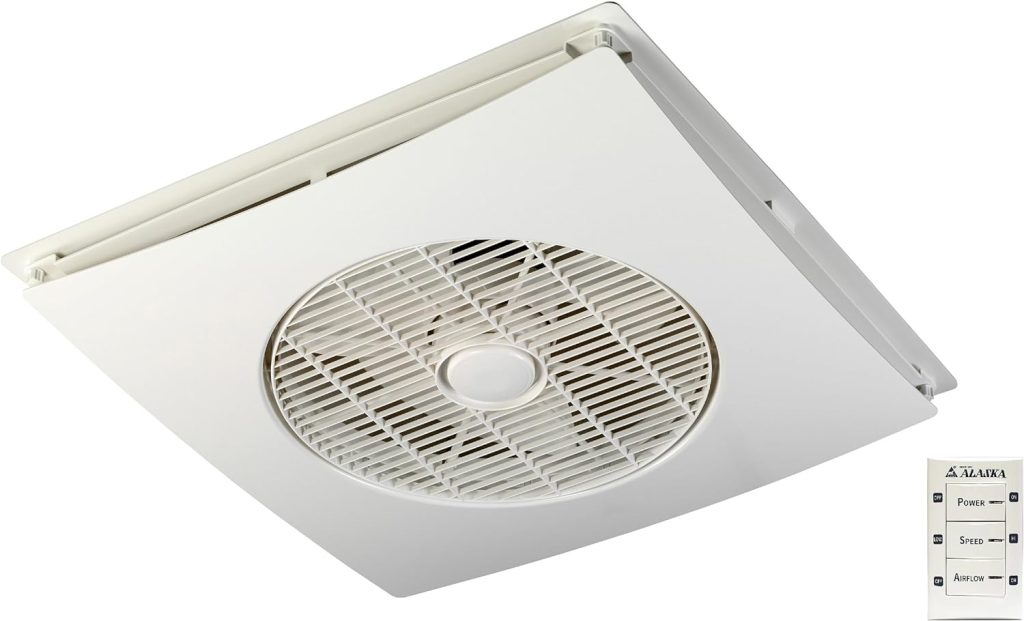Learn about the essential role of the Duravent Ceiling Support Box in ensuring safe and efficient ventilation. Discover why this component is crucial for your home’s ventilation system.

Understanding Duravent Ceiling Support Box
The Duravent Ceiling Support Box is a key component used in ventilation systems to support and secure vent pipes as they pass through ceilings or attic spaces. Designed for durability and ease of installation, this box ensures that vent pipes remain stable and properly aligned, preventing sagging or damage over time.
Read too: Kitchen Lighting For A Vaulted Ceiling: Illuminating Your Space with Style and Functionality
Importance of Duravent Ceiling Support Box
- Structural Integrity: The support box maintains the structural integrity of the vent pipe by providing a stable connection between the ceiling and the attic or upper floor. This prevents the pipe from shifting or bending under its own weight or due to external factors.
- Fire Safety: Properly installed support boxes help maintain fire safety by ensuring that vent pipes are securely sealed where they penetrate ceilings. This reduces the risk of fire spreading between floors through unsealed gaps around the pipe.
- Aesthetic Appeal: Duravent support boxes are designed to blend seamlessly with different ceiling types and architectural styles. They offer a clean and finished look to vent penetrations, enhancing the overall aesthetics of the space.
- Easy Installation: These support boxes are engineered for easy installation, typically requiring basic tools and hardware. They come with detailed instructions and are compatible with various vent pipe sizes and configurations.
Choosing the Right Duravent Ceiling Support Box
When selecting a Duravent Ceiling Support Box for your ventilation system, consider the following factors:
Size and Compatibility
Ensure that the support box is compatible with the diameter and type of your vent pipe. Measure the pipe diameter accurately to select the appropriate size support box for a snug fit.
Material and Durability
Duravent support boxes are commonly made from durable materials such as galvanized steel or aluminum, which offer corrosion resistance and longevity. Choose a material that suits your environmental conditions and ensures long-term reliability.
Installation Method
Consider whether the support box requires ceiling joist mounting or if it can be suspended from above. Choose a mounting method that aligns with your ceiling structure and allows for secure installation.
Code Compliance
Verify that the Duravent Ceiling Support Box complies with local building codes and regulations regarding ventilation system installations. Compliance ensures safety and legal conformity for your home or building.
Installation Process for Duravent Ceiling Support Box
Installing a Duravent Ceiling Support Box involves several steps to ensure proper functionality and safety:
Preparation
Gather all necessary tools and materials, including the support box, fasteners, and sealing materials. Turn off any power to the area where you’ll be working to avoid accidents.
Marking and Cutting
Mark the location on the ceiling where the vent pipe will penetrate. Use a pencil and measuring tape to ensure accurate placement. If necessary, cut a hole in the ceiling to accommodate the support box.
Securing the Support Box
Position the support box over the vent pipe penetration point and secure it in place according to the manufacturer’s instructions. Use appropriate fasteners and ensure a tight seal around the edges to prevent air leaks.
Testing and Inspection
After installation, conduct a visual inspection to verify that the support box is securely mounted and the vent pipe is properly aligned. Test the ventilation system to ensure adequate airflow and functionality.
Maintaining Duravent Ceiling Support Box
To maintain optimal performance of your Duravent Ceilings Support Box, follow these maintenance tips:
- Regular Inspection: Periodically inspect the support box and vent pipe for signs of wear, corrosion, or damage. Address any issues promptly to prevent structural compromise.
- Cleaning: Keep the support box clean by wiping it with a damp cloth as needed to remove dust or debris. Avoid using abrasive cleaners that could damage the finish.
- Sealing Gaps: Check for gaps or openings around the vent pipe and support box. Seal any gaps with appropriate sealant to prevent air leakage and maintain energy efficiency.
- Professional Service: If you notice any significant issues with the support box or ventilation system, consult a professional HVAC technician for inspection and repairs.
Conclusion
The Duravent Ceilings Support Box plays a vital role in ensuring the efficiency, safety, and aesthetic appeal of your home’s ventilation system. By providing structural support, enhancing fire safety, and offering easy installation, these support boxes are essential components for any vent pipe penetration through ceilings or attic spaces. Consider the factors discussed when selecting and installing a Duravent Ceilings Support Box to optimize ventilation in your home or building.


